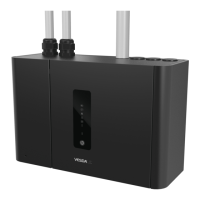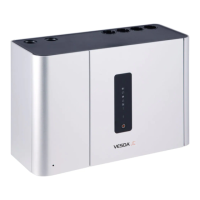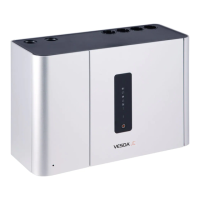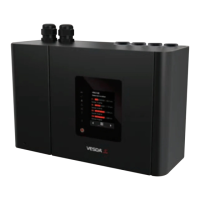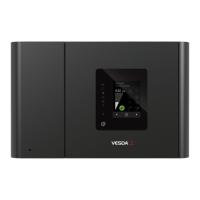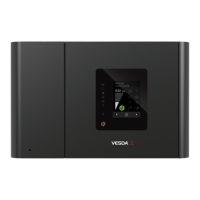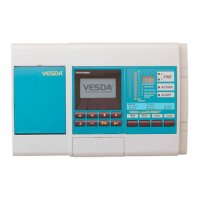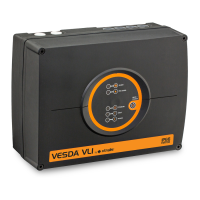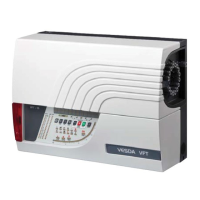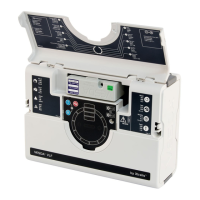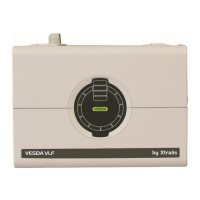Do you have a question about the Xtralis VESDA-E VEP-A10-P and is the answer not in the manual?
| Brand | Xtralis |
|---|---|
| Model | VESDA-E VEP-A10-P |
| Category | Smoke Alarm |
| Language | English |
Defines the purpose and intended audience of the product guide.
Explains typographic conventions and icons used throughout the document.
Details relevant codes and standards for smoke detection and electrical connections.
Specifies requirements for UL and ULC compliance in installations.
Outlines requirements for European installations and EN 54-20 standards.
Lists the advanced features and capabilities of the VEP-A10-P detector.
Identifies components and explains the functional principle of the VEP-A10-P detector.
Details the function of front panel LEDs and the reset/disable button.
Describes the main screen and airflow screen displays on the detector.
Describes how to use the AutoConfig button for normalization and auto-learning.
Details the USB, Ethernet, and WiFi ports for detector communication.
Explains the VESDAnet network communication capabilities.
Key points to consider when designing the air sampling pipe network.
Important factors for correctly installing the sampling pipe network.
Steps for initial preparation of the VEP-A10-P detector before mounting.
Ensures correct mounting orientation and clearance for the detector.
Procedure for inverting the detector's orientation for specific installation needs.
Detailed steps for mounting the detector using the provided mounting bracket.
Instructions for installing the detector using the wall mounting template.
Information on wire sizes and cable entry points for detector wiring.
Details on detector sockets and connecting the 24 VDC power supply.
Covers daisy-chaining power, communication ports, and VESDAnet connection.
Details on detector relays, their operation, and default functional assignments.
Describes GPI options, including unmonitored, monitored, and PSU monitoring.
Illustrates correct wiring for connecting to FACP and addressable loop modules.
Steps required to set up communication between VSC software and the detector.
How to create and manage connection profiles for various communication methods.
Procedures for connecting the detector via USB, Ethernet, or WiFi.
Details on password authentication, user levels, and PIN management for secure access.
Basic identification settings and VESDAnet communication configuration.
Settings for normal airflow behavior, pipe usage, and aspirator speed.
Defines the time period after which a filter fault will be generated.
Procedure for the detector to learn environment and set smoke thresholds.
Procedure for the detector to learn and set airflow thresholds.
Procedure for testing pipe network integrity and smoke transport time.
How to put the detector into standby mode to safely perform maintenance.
How faults are reported and how to diagnose issues using the front panel display.
Forms and instructions for recording commissioning details and test results.
